incl. VAT plus shipping costs
Immediate delivery, express possible ![]()
More than 20 Articles in stock
Delivery only innh. Germany and Austria possible.
Switch to the German store
- Item no: 7823
Fast delivery times
All products are in stock with us!14 years of breeding experience
Let our team of experts advise you!High customer satisfaction
from over 3,000 reviews "| Water values: | soft to medium hard |
| Origin: | Asia |
| Pelvic region: | Center |
| with dwarf crabs?: | No |
| Difficulty: | 1 - Simple |
| Final size: | 4-8 cm |
| with snails/shells?: | Yes |
| Planting possible?: | Yes |
| Visual effect: | Especially colorful |
| with shrimps?: | with dwarf shrimp, offspring may be eaten |
| Breeding: | simply |
| Aquarium size: | 54 l (approx. 60cm) |
| Diet: | carnivore - meat eater |
| Fish group: | Labyrinth fish |
| Temperature: | 25-30 °C |
Even if one would first assume a breeding form of the honey gourami, which is also called gourami colloquially - because especially the contrast-richly drawn males in courtship coloration look with their gold-orange-red-black color dress rather like a high-breeding variant of the gourami - the animals occur however so in nature and have a quite extensive distribution area. This extends over the northeastern India up to Bangladesh, here they settle among other things the vegetation-rich and flat bank regions of the lower courses of the Ganges and the Bramaputra, can be proven however also in artificially put on habitats, like for example rice fields, which offer ideal conditions for the requirements of the animals. During the spawning season, the animals are mainly found in pairs near the banks, but outside this time they are also said to occur in larger groups in the open water of large rivers. Colisa chuna, more recently Trichogaster chuna, is one of the smallest representatives of the classic gourami, reaching a final size of just under 5 cm, with males remaining slightly smaller than females.
While the males show a colorful and contrasting appearance, especially during courtship and brood care, the females remain rather inconspicuous brown and gray colored and show at most the characteristic longitudinal stripe, which, however, is also mood-dependent. In the stress coloration, however, both sexes become pale gray, which often makes it difficult to distinguish the sexes, especially in young animals. Conspicuous are the two long ventral fins extended to threads, which the honey gourami can move independently and uses among other things for feeling.
The reproduction of the honey gourami is initiated by the male building a foam nest, which is quite large in relation to the size of the animals, whereupon the actual courtship display begins. Thereby the male drives his chosen one through the tank to "pose" her: he actually stands on the tail fin and the head upwards to present his construction, i.e. the loose foam nest, to the female. This spectacle may be repeated a few times until the female understands his intention and the actual mating begins. Then the male collects the relatively large (about 1mm) eggs and places them in the foam nest as a spawning clump. Depending on the water temperature it takes about 24 - 48 hours until the larvae swim free. The male takes over the brood care and keeps the larvae together in the foam nest during the first days. After that the brood care instinct is extinguished and the young are on their own. If you want to raise the young animals, it is recommended to transfer them together with the foam nest into a rearing tank, because the parents eat their own babies.
Due to its size and its interesting behavior the Gurami is excellently suitable for smaller aquariums starting from 60 cm, which ideally have a dense planting. This serves shrimp and conspecifics as a hiding place and retreat, because the honey gourami likes to defend its territory and is also a hunter, which sometimes catches a young shrimp. Other calm and small by-fish, such as tetras or danios can be socialized with it very well. If one does not necessarily want to maintain a purely Asian tank, smaller armored catfish or loricariids would also be suitable as company for the imposing dwarfs. Also the socialization with well reproducing dwarf shrimps, like Neocaridina and the popular Amano shrimps with the same water requirements usually works without problems. A socialization with dwarf crayfish, which can pinch the elongated ventral fin filaments of the honey gourami, is rather to be refrained from, also crayfish could catch and eat the gourami.
To the water values the honey gouramis do not place particularly high requirements and get along with soft to medium-hard water with a total hardness (GH) of 10-20 °dGH, a pH value between 6,5-7,2, as well as temperatures of 22 - 28 °C. A good filtration and sufficient water plants contribute to the quality of the aquarium water. However, the current should be rather weak, because the fish like it a little "calmer". Honey gouramis, like fighting fish, also have a labyrinth organ that allows them to breathe atmospheric oxygen at the water surface. Their aquarium should be well covered to prevent them from contracting inflammation of the labyrinth organ when they breathe in the cool ambient air. A cover will keep the air temperature consistently warm, plus it will prevent the fish from jumping out.
When feeding, it is important to provide a balanced diet for these carnivores. In addition to a high-quality dry food in the form of flake food or granulated food for carnivorous fish, regular feeding with live and frozen foods, such as white, red or black mosquito larvae, daphnia or artemia is recommended. With careful care, the animals can even live up to 5 years.
Our food recommendation: With the NatureHolic BettaFeed a special food for fighting fish has been tailor-made. The soft granules are reminiscent of the consistency of insect larvae in nature. The soft beads protect the sensitive fish mouth from micro-cracks caused by too hard food granules. The specially developed NH Immun+ complex and the NH Color+ high-performance additive support the immune system and the magnificent color development of the fish.
Our plant recommendation: Use for the planting NatureHolic InVitros. These are free of snails, planaria and other unwanted co-inhabitants. Also free of algae spores, bacteria and fungi.
Expert Tip: We recommend for fish keeping the NatureHolic 3 Phase Liquid. The care set offers the best all-round protection for your animals. It ensures optimal conditions for successful breeding and keeping.
| Scientific name: | Trichogaster chuna, Colisa chuna, Colisa sota, Polyacanthus chuna, Trichopodus chuna, Trichopodus sota, Trichopodus soto |
| German Name: | Honey gourami |
| Difficulty level: | for beginners |
| Origin/Distribution: | South Asia |
| Coloration: | Males reddish brown with distinct longitudinal black stripe, females gray/brown with faint longitudinal stripe |
| Age expectancy | approx. 5 years |
| Water parameters: | GH 10-20 dGH, KH 0-8° dKH, pH 6.5-7.2, temperature 22-28° C |
| Tank size: | 54 l and up |
| Food | Carnivorous, granulated food, flake food, special betta food, live and frozen food such as artemia, daphnia, mosquito larvae |
| Breeding | medium |
| Behavior | peaceful, somewhat more aggressive during brood care |
| Group size | In pairs |
| Additional information | Ten typical aquarium fish for beginners and alternatives to them, Tips for acclimating fish to the aquarium, Feeding aquarium fish properly - cheap food and what it can do |
- Item no: 7823
- EAN No.: 7427061495164
Entdecke die Garnelio Welt!
Garnelio gehört zu den größten Onlineshops für wirbellose Aquarientiere weltweit.
Viele Artikel gibt es exklusiv nur bei uns im Shop.

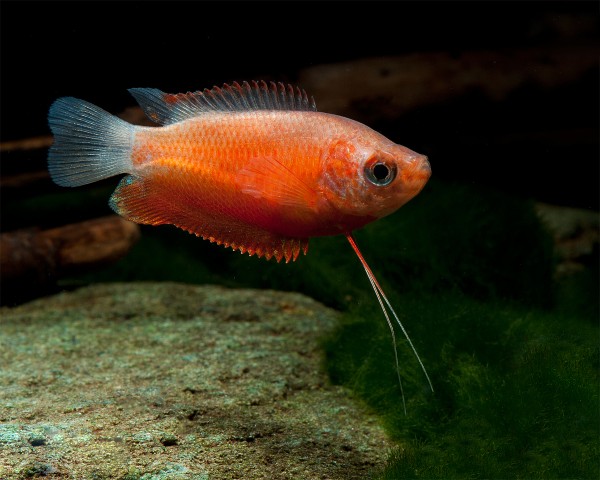
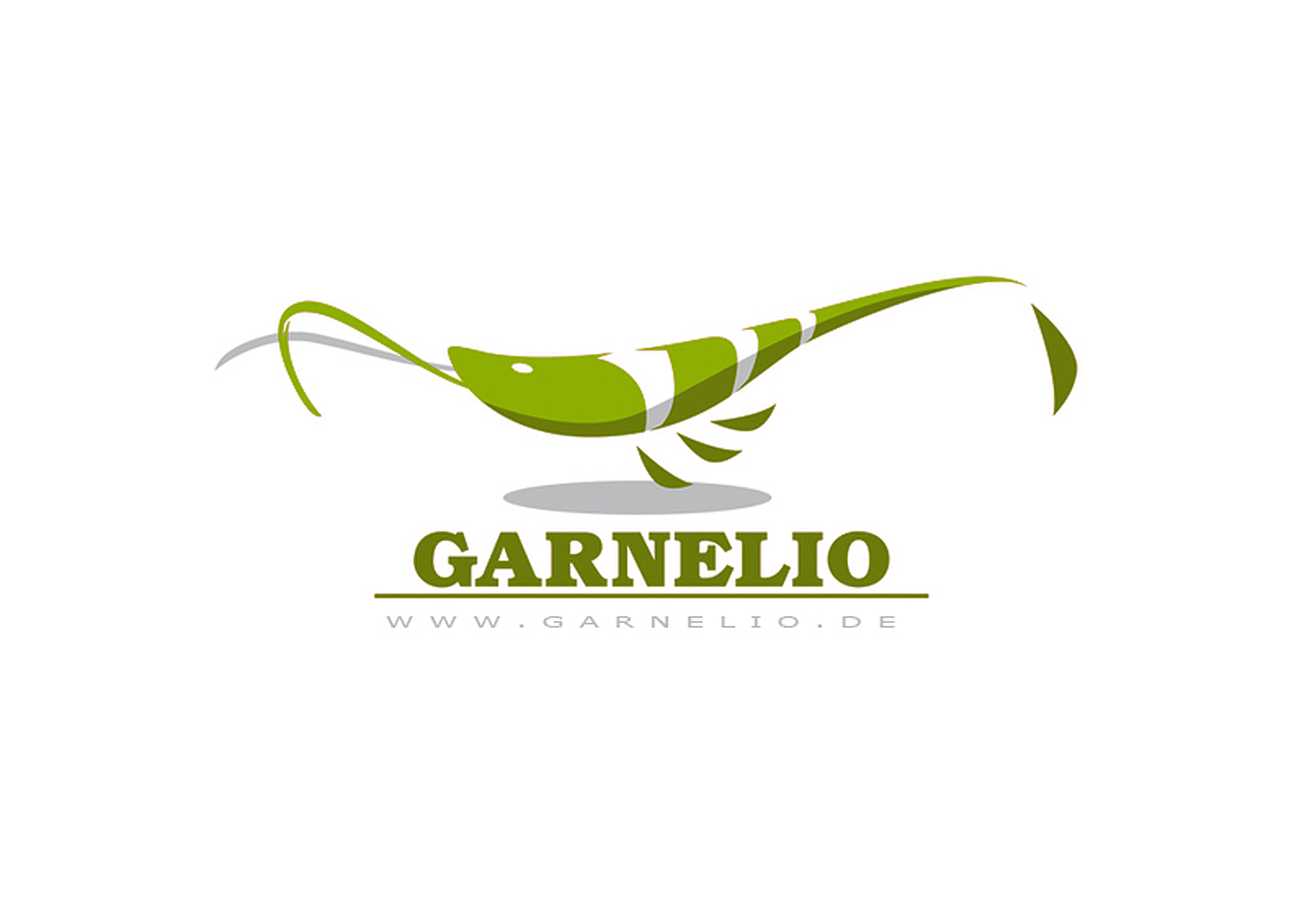
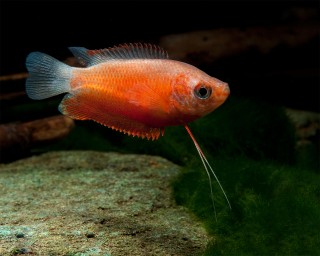
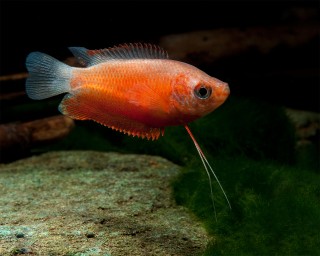
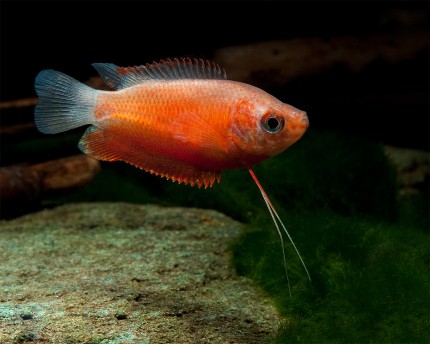
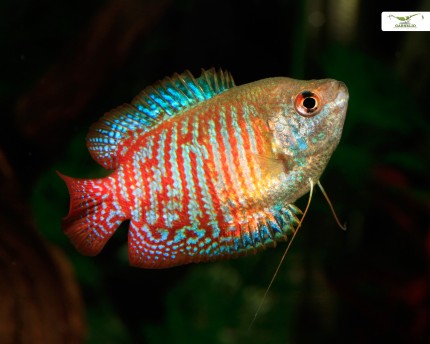
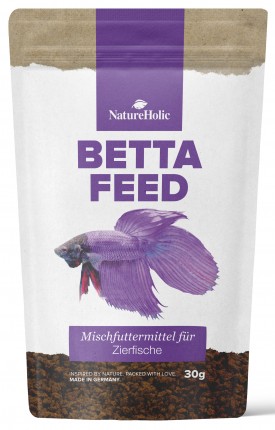

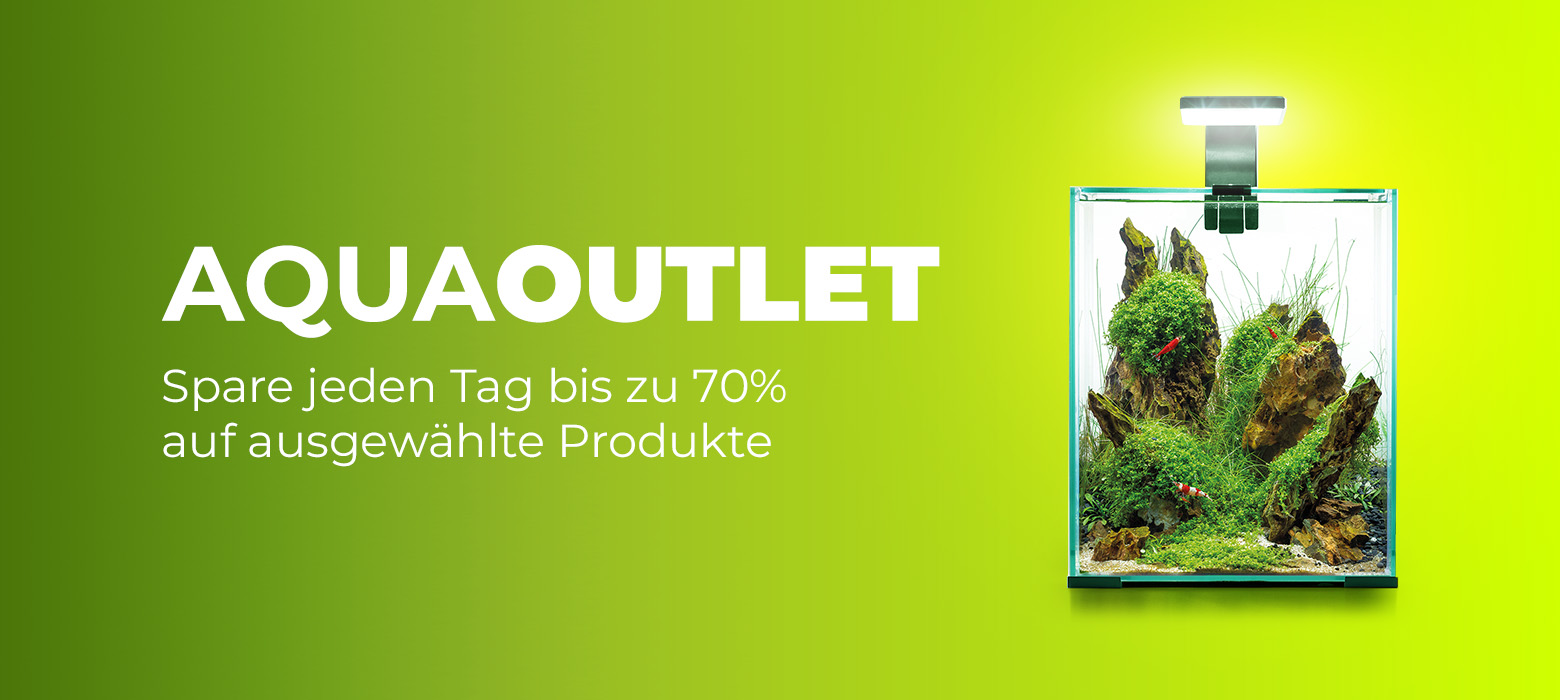
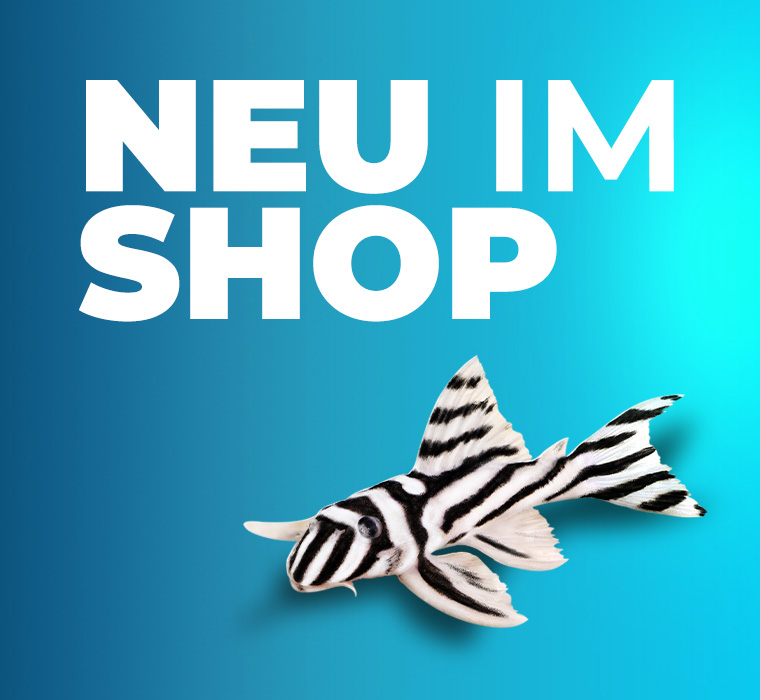
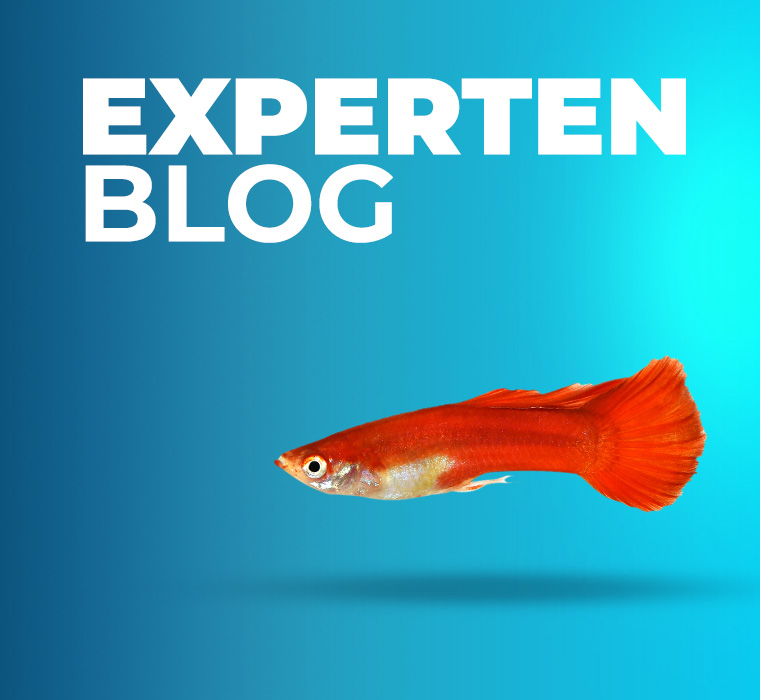

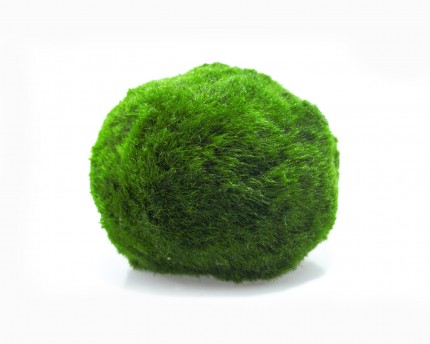
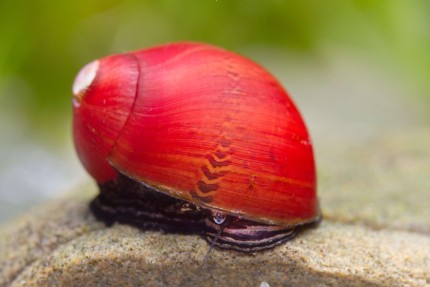
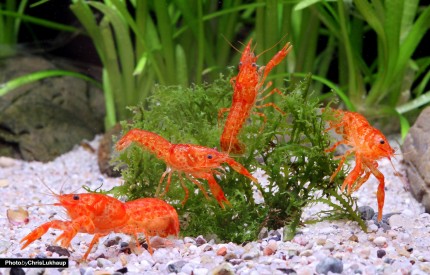
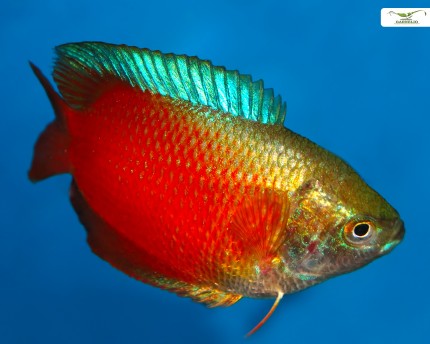
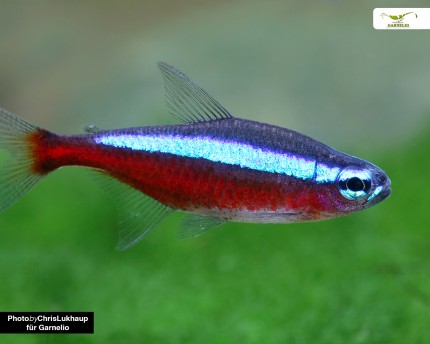
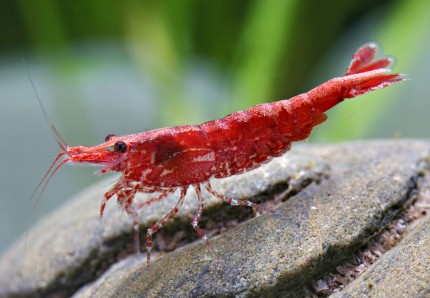
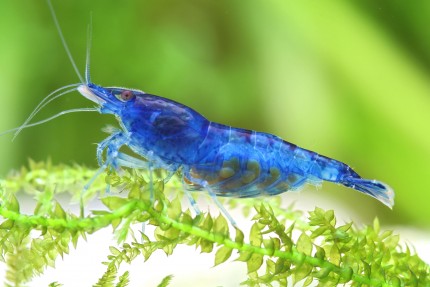
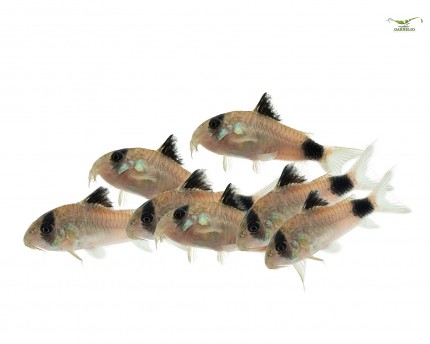
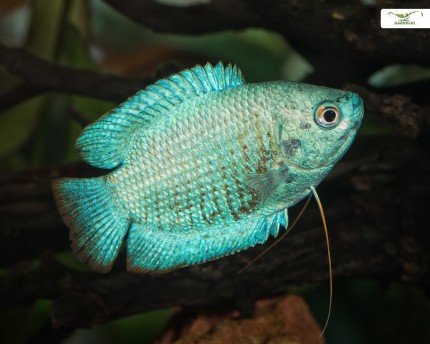
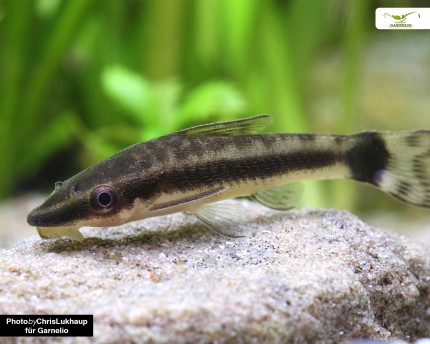
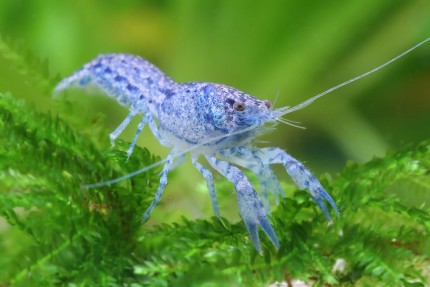
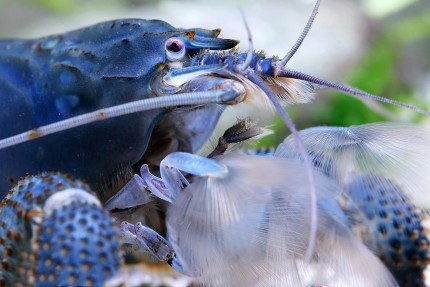
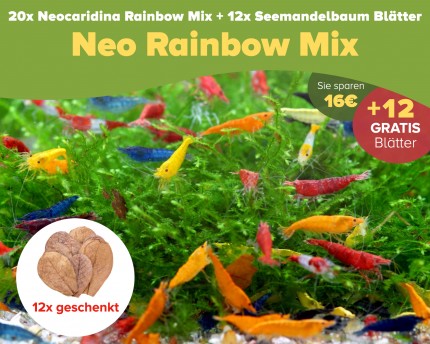
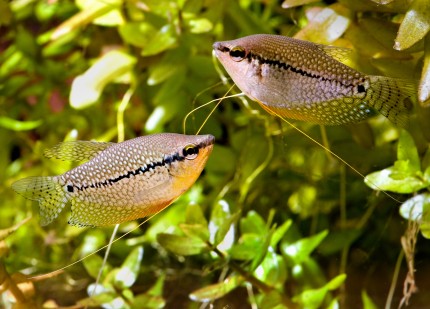
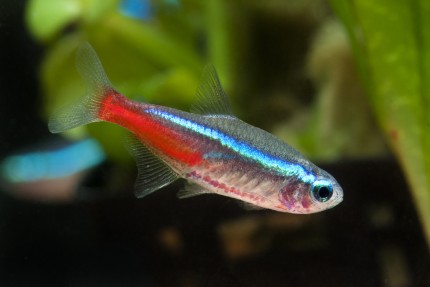
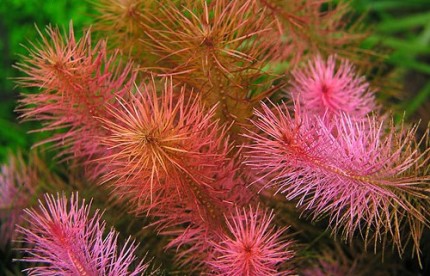
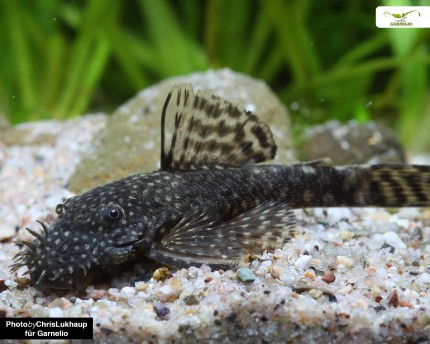
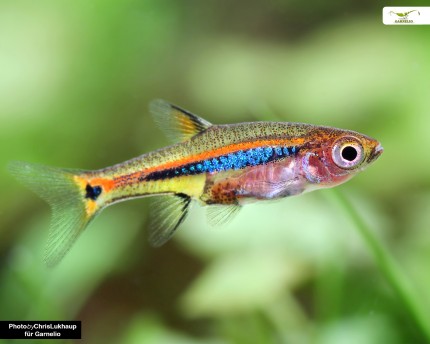
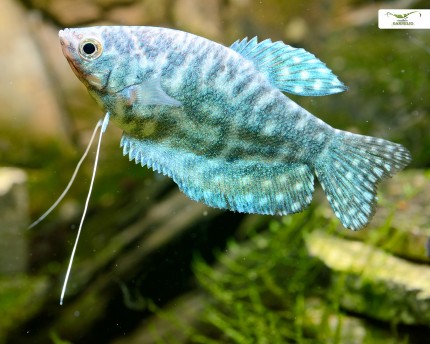
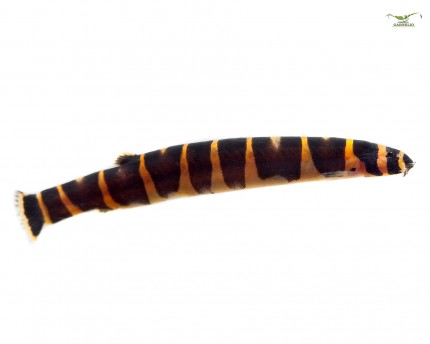
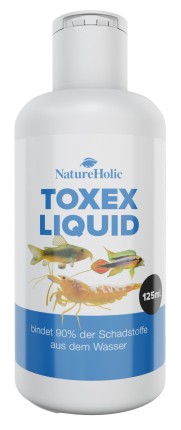
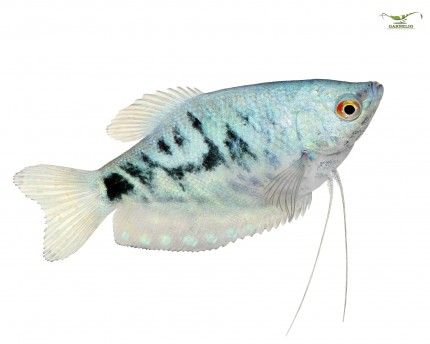
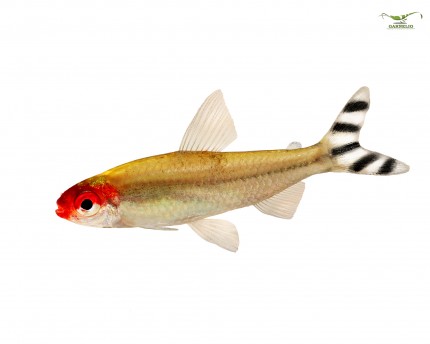
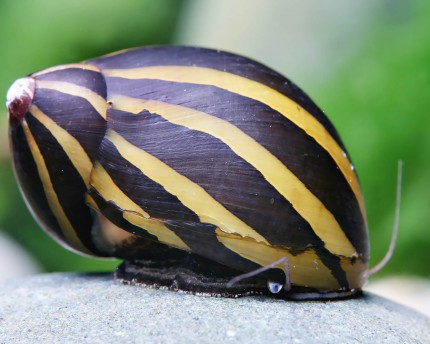
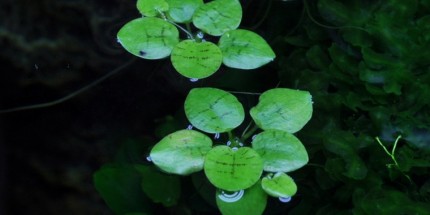
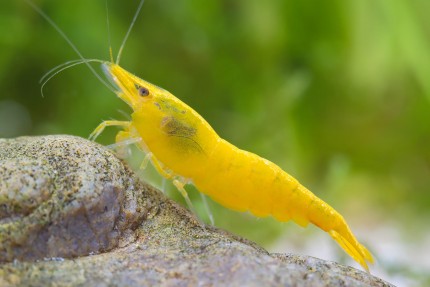
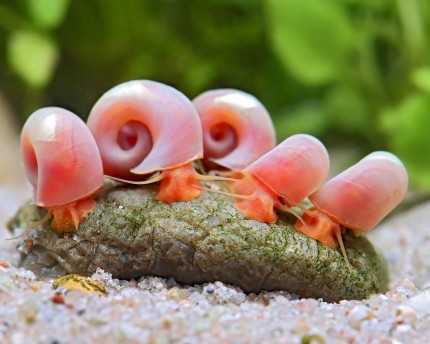
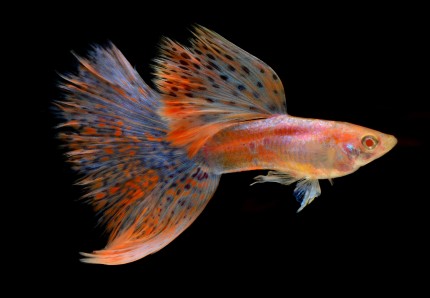

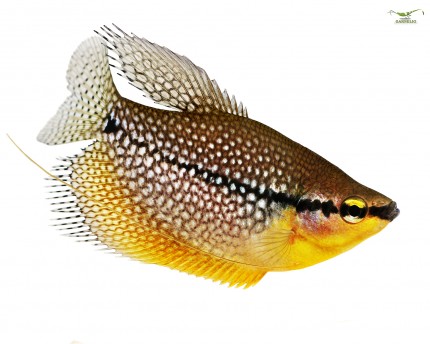
The fields marked with * are required.
I have taken note of the privacy policy.